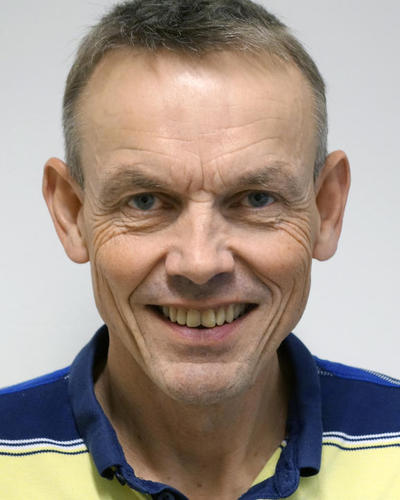Modeling and Inversion of Multiply Scattered Waves
Hovedinnhold
Project description
Motivation (background):
One of the main goals of geophysics is to determine the Earth’s subsurface. This can be done on many scales and the main tool for this is seismics (in the case of active source acquisition) and seismology (in the case of passive source acquisition). In most cases the main assumption is that the waves have undergone no scattering or only first order scattering. However, it is clear that multiply scattered waves not only exist but can also give important information on the Earth’s subsurface. The goal of this master thesis is to study these multiply scattered waves.
Hypothesis (scientific problem):
Multiply scattered waves are important in many seismic and seismological applications. An example of this (from seismic exploration) are waves that are reflected multiple times from heterogeneous bodies such as salt domes. These waves can be prominently present on data. However, most imaging and inversion schemes assume that the waves in the data are singly scattered waves. Multiply scattered waves are (almost) systematically ignored in inversion algorithms. This is unfortunate as they contain a lot of information about the subsurface. It would therefore be useful to have an efficient modelling tool that computes the multiply scattered wavefield.
Test (work):
Explicit expressions for multiply scattered waves (such as the 2nd and higher order ray-Born approximation) exist. These expressions contain singularities. Moreover, they also contain multiple integrals. The first task of this master project is to come up with theoretical/numerical methods that solve these two problems. The second task is to develop an efficient numerical scheme to compute these waves. Once this is done it is possible to apply this method to an inversion scheme. The main focus will be on acoustic waves. However, depending on time and interest of the student it should also be possible to use elastic waves.
Proposed course plan during the master's degree (60 ECTS):
GEOV219
GEOV277
GEOV355
MAT260
MAT261
MAT234
PHYS271
Depending on interest of student, introduction of new courses etc. It might be possible to also do one or two other courses instead.
Prerequisites
Bachelor in geophysics (mathematics direction) or equivalent; this project requires a strong background and interest in mathematics/physics and programming.

